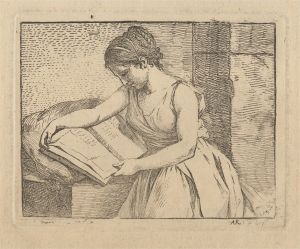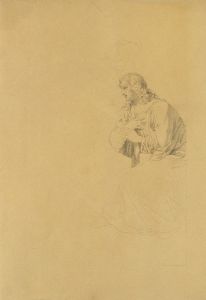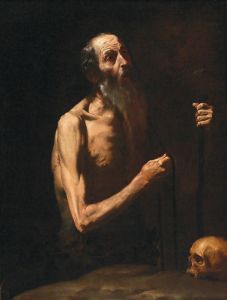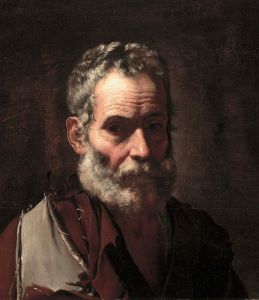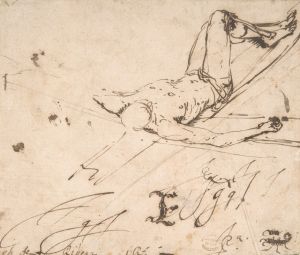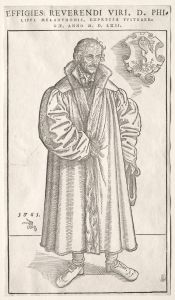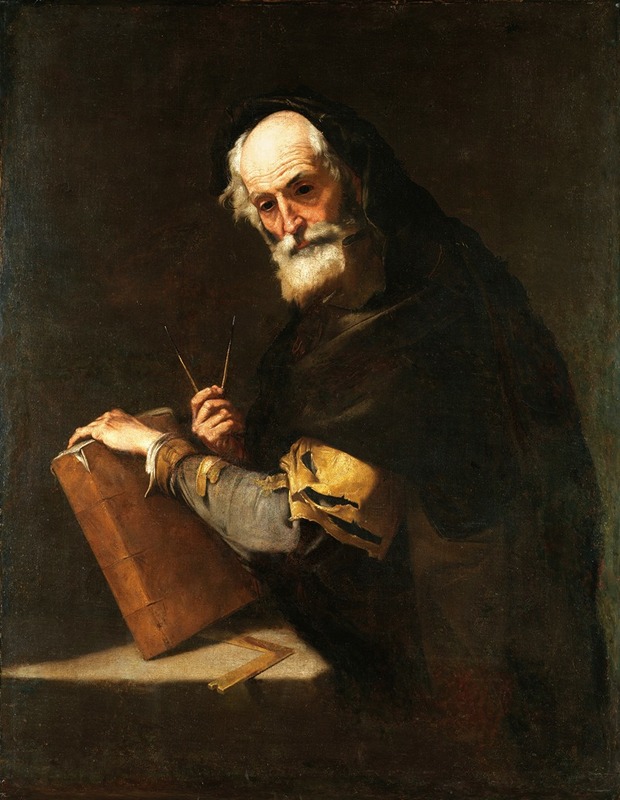
A Philosopher, Presumed To Be Archimedes
A hand-painted replica of Jusepe de Ribera’s masterpiece A Philosopher, Presumed To Be Archimedes, meticulously crafted by professional artists to capture the true essence of the original. Each piece is created with museum-quality canvas and rare mineral pigments, carefully painted by experienced artists with delicate brushstrokes and rich, layered colors to perfectly recreate the texture of the original artwork. Unlike machine-printed reproductions, this hand-painted version brings the painting to life, infused with the artist’s emotions and skill in every stroke. Whether for personal collection or home decoration, it instantly elevates the artistic atmosphere of any space.
Jusepe de Ribera's painting A Philosopher, Presumed To Be Archimedes is a work of Baroque art created by the Spanish painter during the 17th century. Ribera, who spent much of his career in Naples, Italy, is renowned for his dramatic use of chiaroscuro and his focus on intense realism, often depicting figures with a strong sense of individuality and character.
The painting portrays an elderly man, traditionally identified as a philosopher, with the title suggesting a possible association with the ancient Greek mathematician and inventor Archimedes. The figure is depicted with a contemplative expression, seated and holding a compass, an instrument commonly associated with geometry and scientific inquiry. This detail aligns with the intellectual pursuits of Archimedes, who is historically celebrated for his contributions to mathematics, engineering, and physics.
Ribera's characteristic style is evident in the meticulous rendering of the philosopher's aged features, including the wrinkles, beard, and weathered skin, which convey a sense of wisdom and experience. The artist's use of light and shadow enhances the three-dimensionality of the figure, drawing attention to the subject's face and hands while leaving the background in relative obscurity. This technique emphasizes the introspective and intellectual nature of the subject.
The painting is part of Ribera's broader series of works depicting philosophers and scholars, a theme that was popular during the Baroque period. These works often celebrated the intellectual achievements of antiquity and reflected the period's fascination with knowledge and the human condition. Ribera's interest in portraying such figures may have been influenced by the intellectual climate of his time, as well as the patronage of collectors who valued depictions of learned individuals.
While the title suggests the figure might represent Archimedes, there is no definitive evidence to confirm this identification. The association is likely based on the presence of the compass and the contemplative demeanor of the subject, which align with the traditional iconography of scholars and mathematicians. However, it is important to note that the painting does not include any explicit attributes or inscriptions that would conclusively identify the figure as Archimedes.
The painting is currently housed in the Museo del Prado in Madrid, Spain, where it is part of the museum's extensive collection of works by Ribera. It remains a significant example of the artist's ability to combine technical skill with psychological depth, offering viewers a compelling representation of intellectual inquiry and human dignity.





